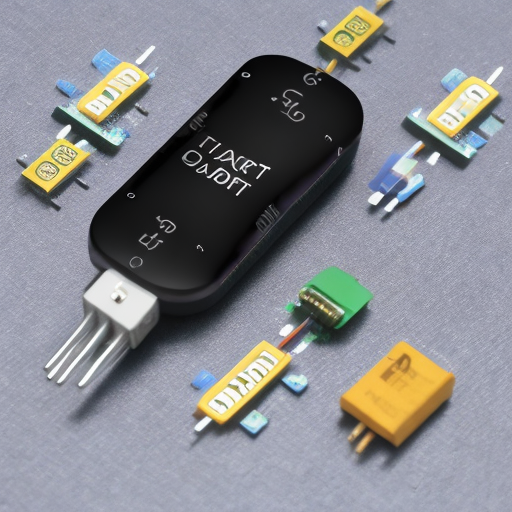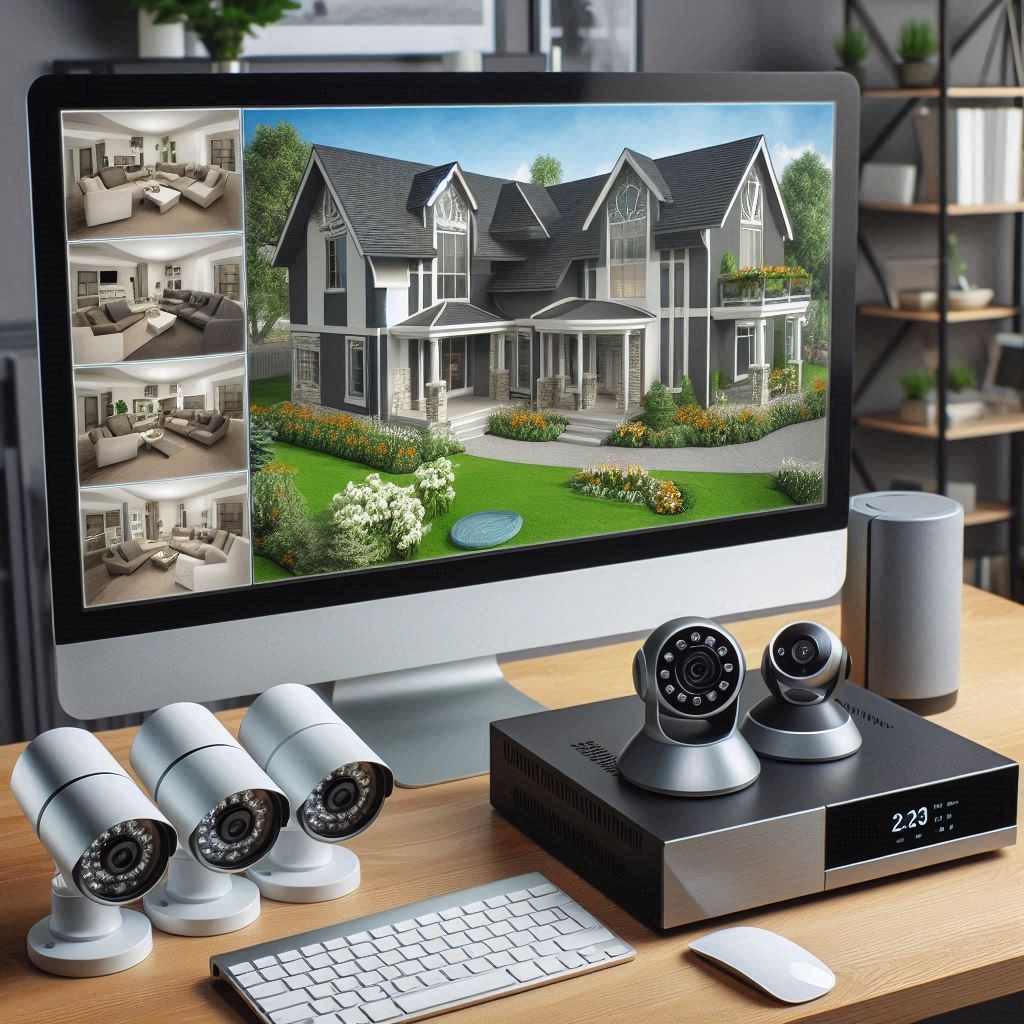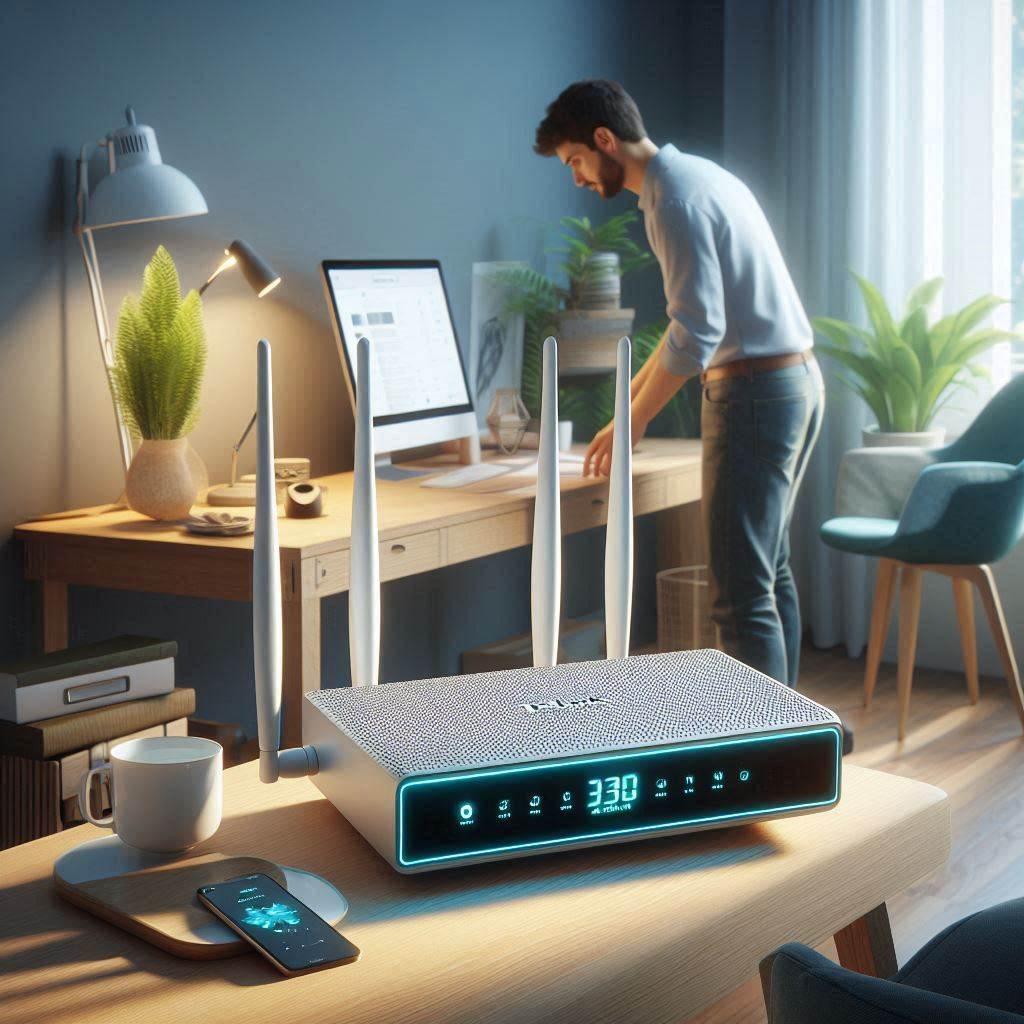How to Defend Your Smart Home Against Malware and Cyber Attacks
The advancements in technology have brought us smart devices that can control our homes with just a few taps on a smartphone app. However, with these advantages come risks that we should be aware of. Smart home devices can be vulnerable to cyber attacks and malware, which can not only compromise our privacy but also put our safety and security at risk. In this article, we will discuss the ways to protect your smart home against cyber threats.
The Risks of Smart Home Devices: Understanding the Dangers
Smart home devices can provide convenience and comfort, but they can also be an entry point for hackers to access your network. These devices are connected to the internet and can be accessed remotely, making them vulnerable to cyber attacks. Hackers can exploit vulnerabilities in the devices’ software and gain access to your network, steal your personal data, or even take control of your devices. It is essential to understand these risks to protect your smart home against cyber threats.
Securing Your Router: The First Line of Defense
Your router is the gateway to your smart home network, and securing it is the first line of defense against cyber attacks. Make sure to change the default username and password to a strong and unique one. Enable WPA2 encryption to protect your Wi-Fi network from unauthorized access. Also, turn off remote management and UPnP, as they can be exploited by hackers to gain access to your network.
Updating Your Devices: Staying Ahead of Vulnerabilities
Manufacturers release updates to fix vulnerabilities and improve the performance of their devices. Make sure to keep your devices up to date by enabling automatic updates or checking for updates manually regularly. Outdated software can be exploited by hackers to gain access to your network. By staying ahead of vulnerabilities, you can reduce the risks of cyber attacks.
Implementing Strong Passwords: The Importance of Complexity
Using strong and complex passwords can prevent hackers from guessing your passwords and gaining access to your devices or network. Make sure to use a combination of uppercase and lowercase letters, numbers, and special characters. Avoid using easily guessable passwords such as your name, birthdate, or common words. Using a password manager can help you create and manage complex passwords.
Enabling Two-Factor Authentication: Adding an Extra Layer of Security
Two-factor authentication adds an extra layer of security to your smart home devices by requiring a second factor, such as a code sent to your phone, in addition to your password. This can prevent hackers from gaining access to your devices even if they have your password. Make sure to enable two-factor authentication on all your smart home devices that support it.
Installing Antivirus Software: Protecting Your Network from Malware
Installing antivirus software can protect your network from malware and other cyber threats. Make sure to choose a reputable antivirus software and keep it up to date. Antivirus software can detect and remove malware, block malicious websites, and protect your devices from cyber attacks.
Monitoring Your Network: Detecting and Responding to Threats
Monitoring your network can help you detect and respond to cyber threats. Use network monitoring tools to monitor your network traffic and look for suspicious activity. Also, enable notifications for new devices that connect to your network to prevent unauthorized access. If you detect any suspicious activity, take immediate action to mitigate the risks.
In conclusion, protecting your smart home against cyber threats requires a combination of measures, including securing your router, updating your devices, using strong passwords, enabling two-factor authentication, installing antivirus software, and monitoring your network. By following these steps, you can reduce the risks of cyber attacks and enjoy the benefits of your smart home devices with peace of mind.














